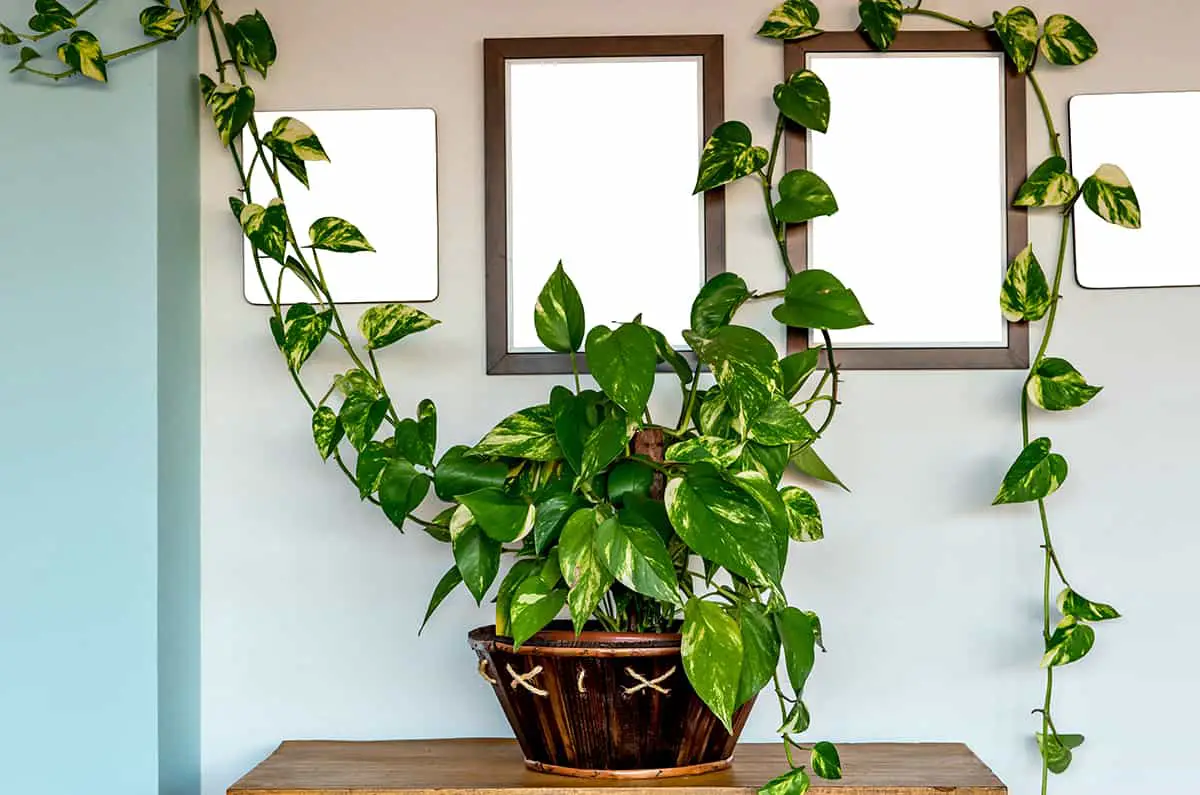Have you ever brought home a vibrant houseplant only to discover its hidden danger? I sure have. One innocent purchase led to a frantic search for information on toxic plants. Many of us can relate to this scenario. From curious pets to unsuspecting children, the risks are real. But fear not—knowledge is our shield. Let’s delve into the world of the most dangerous houseplants and learn how to keep our homes safe havens for all.
Table of Contents
- Dieffenbachia (Dumb Cane)
- Philodendron Spp.
- Peace Lily (Spathiphyllum)
- Caladium
- Oleander (Nerium Oleander)
- Pothos (Epipremnum Aureum)
- Amaryllis (Hippeastrum)
- Sago Palm (Cycas Revoluta)
- ZZ Plant (Zamioculcas Zamiifolia)
- Asparagus Fern
- English Ivy (Hedera Helix)
- Cyclamen
- Rubber Plant (Ficus Elastica)
- Snake Plant (Sansevieria)
- Devil’s Ivy (Epipremnum Aureum)
Dieffenbachia (Dumb Cane)
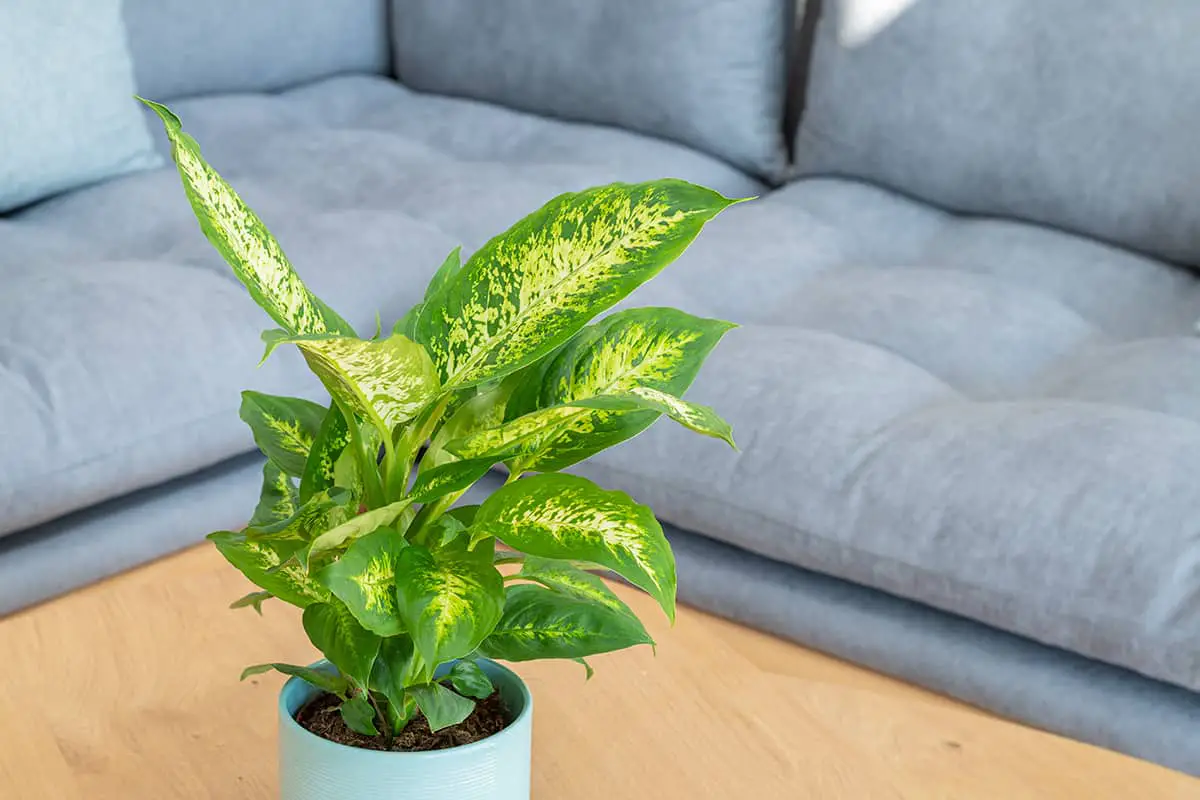
Dieffenbachia, commonly known as dumb cane, is a popular houseplant known for its attractive, tropical appearance. However, this beautiful plant poses a potential threat to you and your loved ones.
The danger of Dieffenbachia lies in its sap, which contains toxic compounds called calcium oxalate crystals. When the leaves are chewed or damaged, this sap can cause severe pain, swelling, and even temporary inability to speak. This is why it earns the nickname “dumb cane.” Keep in mind that this plant is not just harmful to humans; it also poses a threat to your pets.
If someone accidentally ingests Dieffenbachia, seek immediate medical help. Medical professionals may provide treatment such as pain relief, anti-inflammatory medication, and maintaining open airways. While serious reactions are rare, they can occur, so vigilance is key.
To ensure safety in your home, place your Dieffenbachia in a location that is out of reach for children and pets. Additionally, wear gloves when handling the plant or pruning its leaves to avoid skin irritation. By taking these simple precautions, you can appreciate the stunning Dieffenbachia without putting your household at risk.
Philodendron Spp.
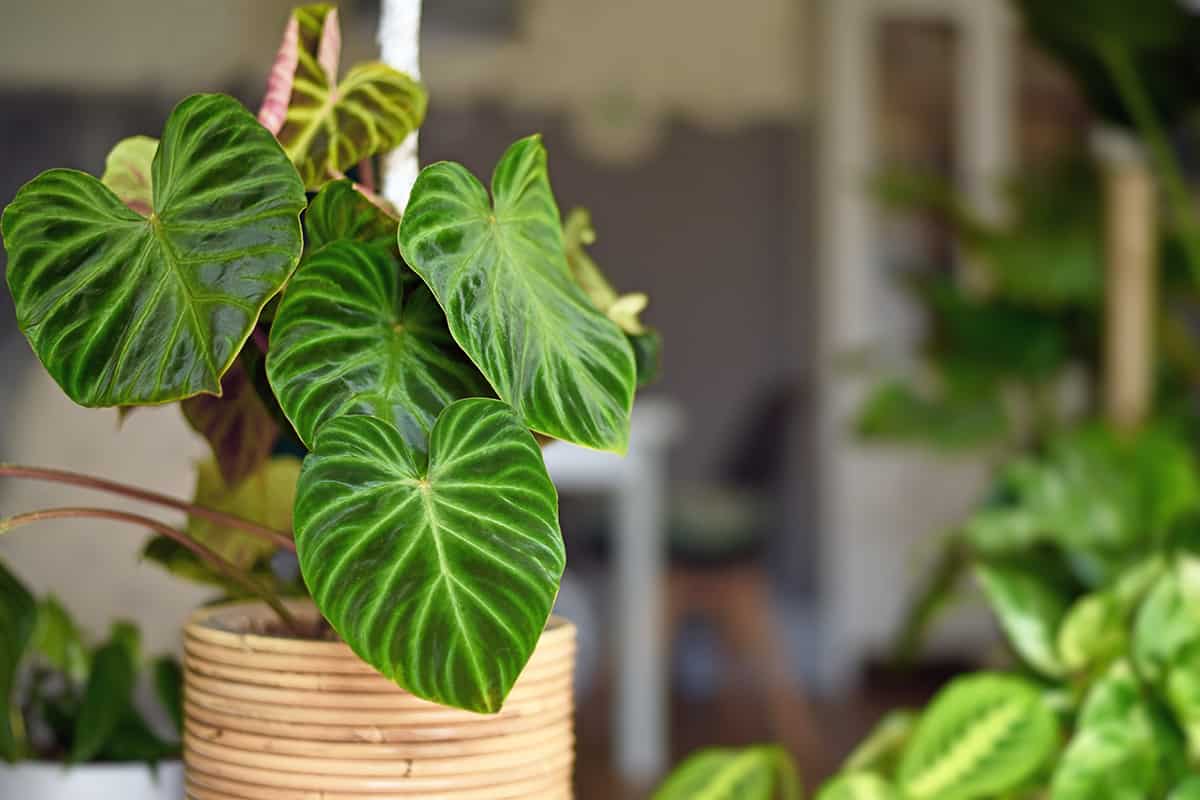
Philodendrons are popular houseplants renowned for their versatility and variety. While they add beauty to your home, it’s essential to know that philodendrons are also toxic to humans and animals. Ingesting any part of the plant can lead to adverse effects.
The primary cause of concern in philodendrons is the presence of calcium oxalate crystals. These crystals can be found throughout the plant, making every part potentially harmful when ingested. Some symptoms that may occur after consumption include pain and swelling in the mouth, difficulty swallowing, and vomiting. It’s crucial to keep your philodendron plants out of reach of children and pets.
Despite their toxicity, philodendron plants are still valuable as air purifiers. They can absorb harmful chemicals and help improve indoor air quality. If you’re considering adding a philodendron to your collection of houseplants, take the necessary precautions to ensure safety for everyone in your household.
Peace Lily (Spathiphyllum)
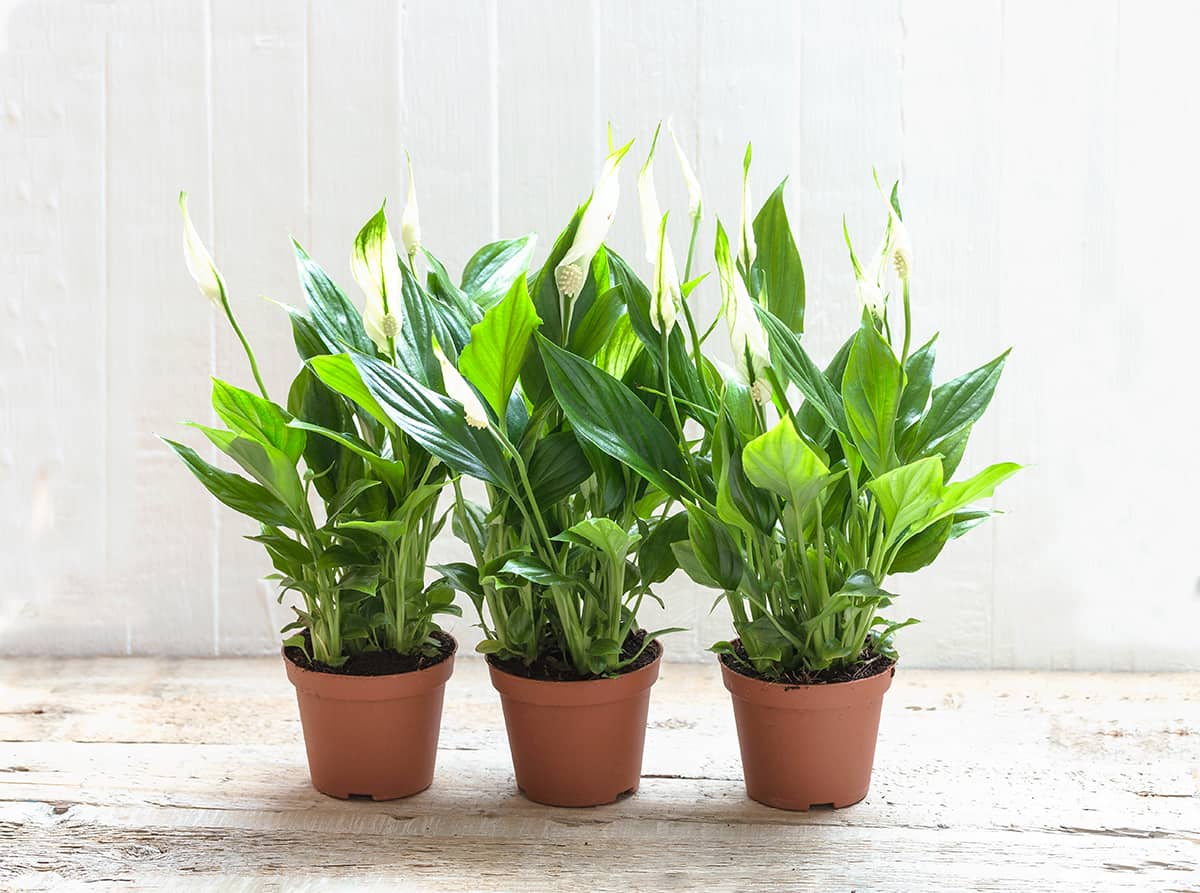
Peace lilies are popular houseplants known for their glossy, dark green leaves and attractive white blooms. However, you should be aware that they can pose a risk to humans and pets if ingested. The plant contains calcium oxalate crystals, which can cause irritation and burning sensations in the mouth, throat, and tongue upon ingestion.
Although the symptoms may vary, consuming parts of the peace lily can lead to uncomfortable or even dangerous side effects. Generally, reactions to this plant are mild to moderate, but severe cases may require medical attention. Make sure to keep peace lilies out of reach of children and pets.
Caladium
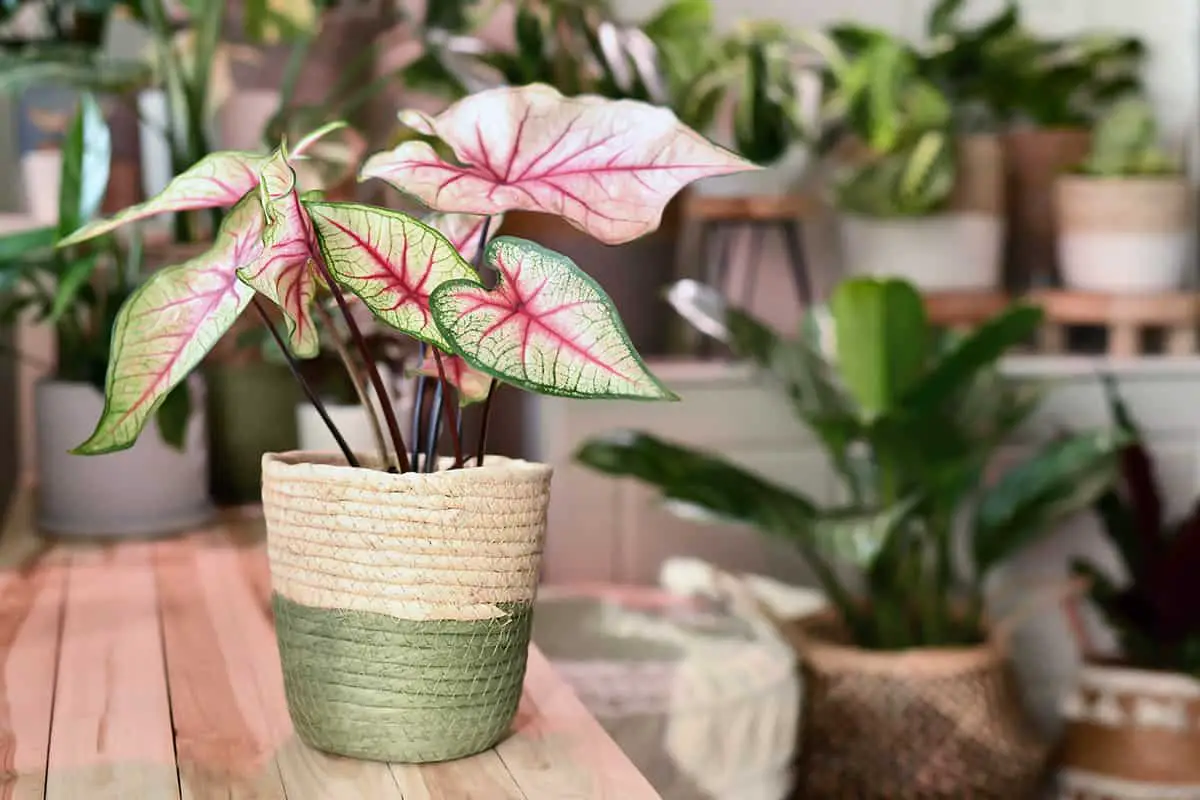
Caladiums are popular houseplants known for their beautiful, heart-shaped leaves in various colors such as red, pink, green, and white. While they are visually appealing, you should be aware that they can be harmful if ingested.
When you add a caladium to your home, it’s important to know that these plants contain insoluble calcium oxalate crystals. If you or a family member accidentally consumes any part of the plant, it can cause irritation in the mouth, throat, and gastrointestinal system. Therefore, keep caladiums away from young children and pets who might be tempted to chew on the leaves.
Oleander (Nerium Oleander)
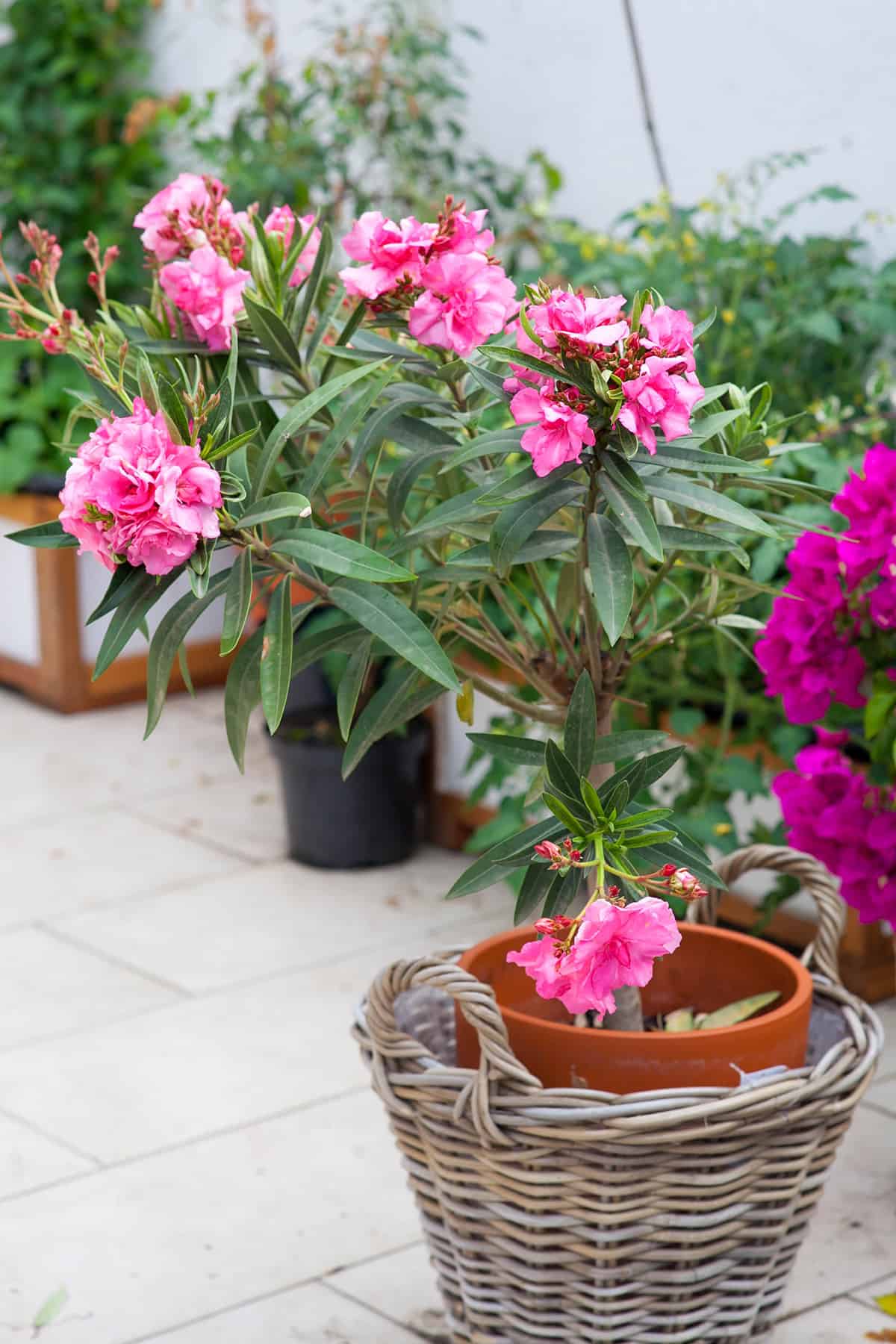
Oleander is a beautiful, flowering shrub commonly found in gardens and homes. However, it’s important to know that all parts of the plant are extremely poisonous. Ingestion of even a small amount can lead to severe health issues or even death.
The plant thrives in heat and drought, making it a popular choice for seaside gardens. Oleanders come in various colors, including red, yellow, white, and pink, adding an attractive touch to your landscape. However, you should consider its toxicity before planting it around your home, especially if you have children or pets.
If you already have an Oleander in your home or garden, precautions must be taken. Wear gloves while handling the plant and ensure proper disposal of any pruned or removed parts. Also, educate your family members about the potential dangers of the Oleander to prevent accidental ingestion.
Pothos (Epipremnum Aureum)

Pothos (Epipremnum aureum), also known as Devil’s Ivy, is a common houseplant. It thrives in various conditions and can remove indoor pollutants like formaldehyde and benzene. However, it also poses dangers for you and your household.
Firstly, you should be aware that Pothos is mildly toxic. The plant contains calcium oxalate crystals, which can cause irritation when ingested or touched. If you come in contact with the plant’s leaves, you might experience skin irritation, swelling, or itching. While handling Pothos, wear gloves to protect yourself.
Moreover, you need to be cautious with children and pets around Pothos. Ingesting any part of the plant can lead to various symptoms, such as mouth burning, excessive drooling, vomiting, and difficulty swallowing. To avoid accidents, keep the plant out of reach and educate your family members about its potential dangers.
Amaryllis (Hippeastrum)
Amaryllis, also known as Hippeastrum, is a popular houseplant due to its large, showy flowers. But you should be cautious, as it’s considered toxic to humans and pets. Ingesting parts of this plant may cause symptoms ranging from mild stomach aches to serious heart and kidney problems.
To reduce the risk, place your Amaryllis in an area where children and pets cannot easily access it. This South American native plant is commonly grown indoors during the winter months, adding a splash of color to your home. The trumpet-shaped flowers come in various shades such as red, pink, orange, salmon, white, and bi-colors.
Sago Palm (Cycas Revoluta)
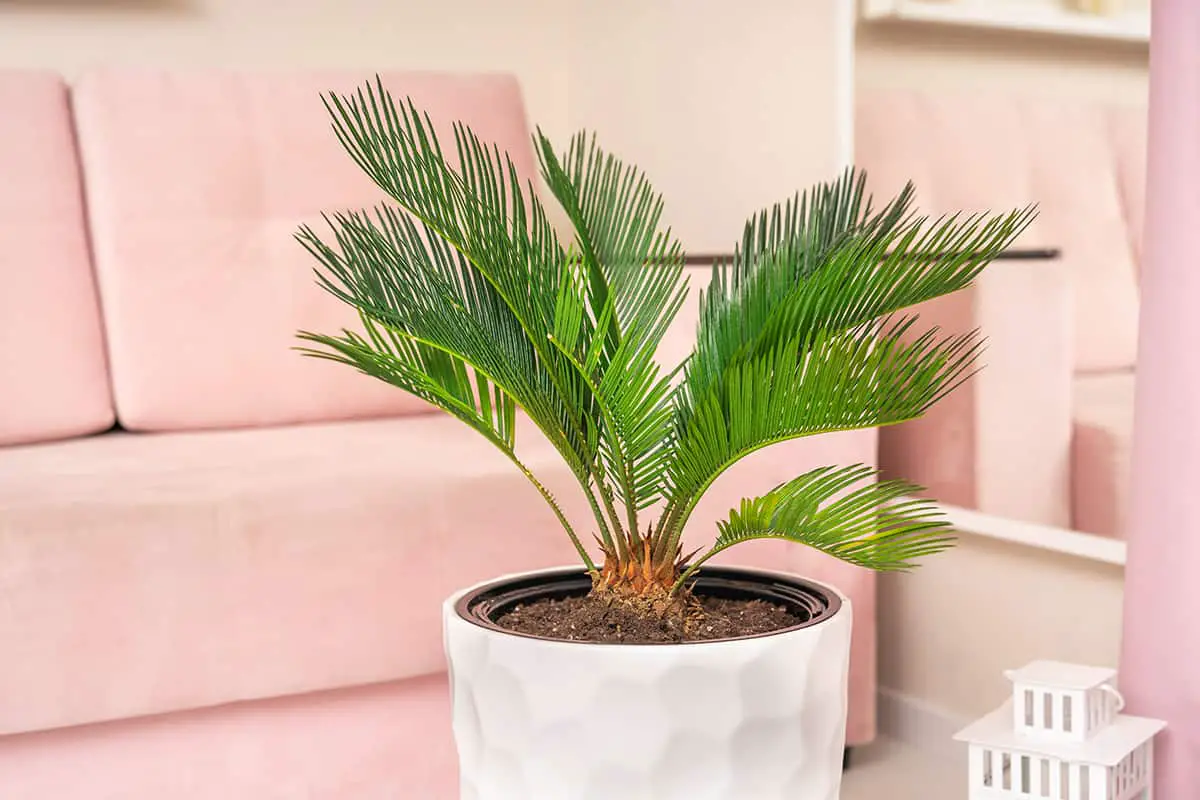
The Sago Palm, or Cycas revoluta, is a popular houseplant due to its visual appeal and hardiness. However, you should be cautious with this plant, as it can be quite dangerous for pets and humans.
The primary concern with Sago Palms is their toxicity. Every part of the plant is poisonous, with the seeds being exceptionally hazardous. When ingested, the toxin can lead to symptoms ranging from mild to severe, including vomiting, diarrhea, and seizures. In some cases, ingestion of Sago Palm parts can be fatal, particularly to pets. Therefore, it’s crucial to keep the plant out of reach of children and animals.
Another issue is the presence of cycad scale, which affects Sago Palms and can cause damage to the plant. These small insects have a waxy white armor and feed on the plant’s sap, weakening it over time. Monitoring for cycad scale and treating it promptly can help prevent infestations, but it’s essential to be vigilant about inspecting your plant.
ZZ Plant (Zamioculcas Zamiifolia)
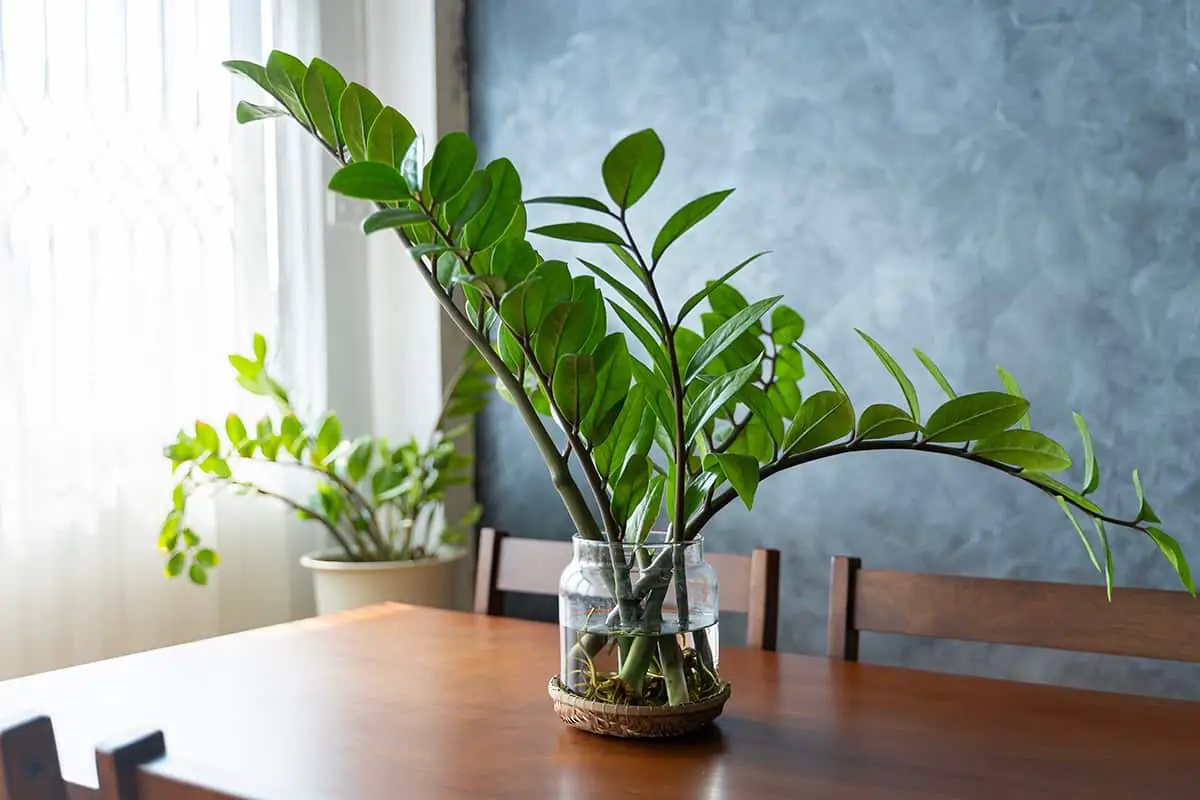
The ZZ plant, also known as Zamioculcas zamiifolia, is a common houseplant found in many homes. Despite its attractive appearance and easy maintenance, it is essential to be cautious of its potential toxicity. If you have this plant in your home or are considering getting one, here’s what you need to know.
The ZZ plant is a tropical perennial native to Africa, featuring glossy, dark green, feather-like leaves. It usually grows up to 2-4 feet in height and width, making it a medium-sized houseplant. However, be aware that all parts of this plant are toxic due to the presence of calcium oxalate crystals. These crystals can cause irritation and swelling of the mouth, lips, tongue, and throat if accidentally ingested.
It is essential to keep the ZZ plant out of the reach of pets and children, as ingestion can lead to vomiting, diarrhea, and even difficulty breathing. Similarly, always wash your hands thoroughly after handling the plant. If you have sensitive skin, consider wearing gloves to avoid potential skin irritation from direct contact with the foliage.
Asparagus Fern
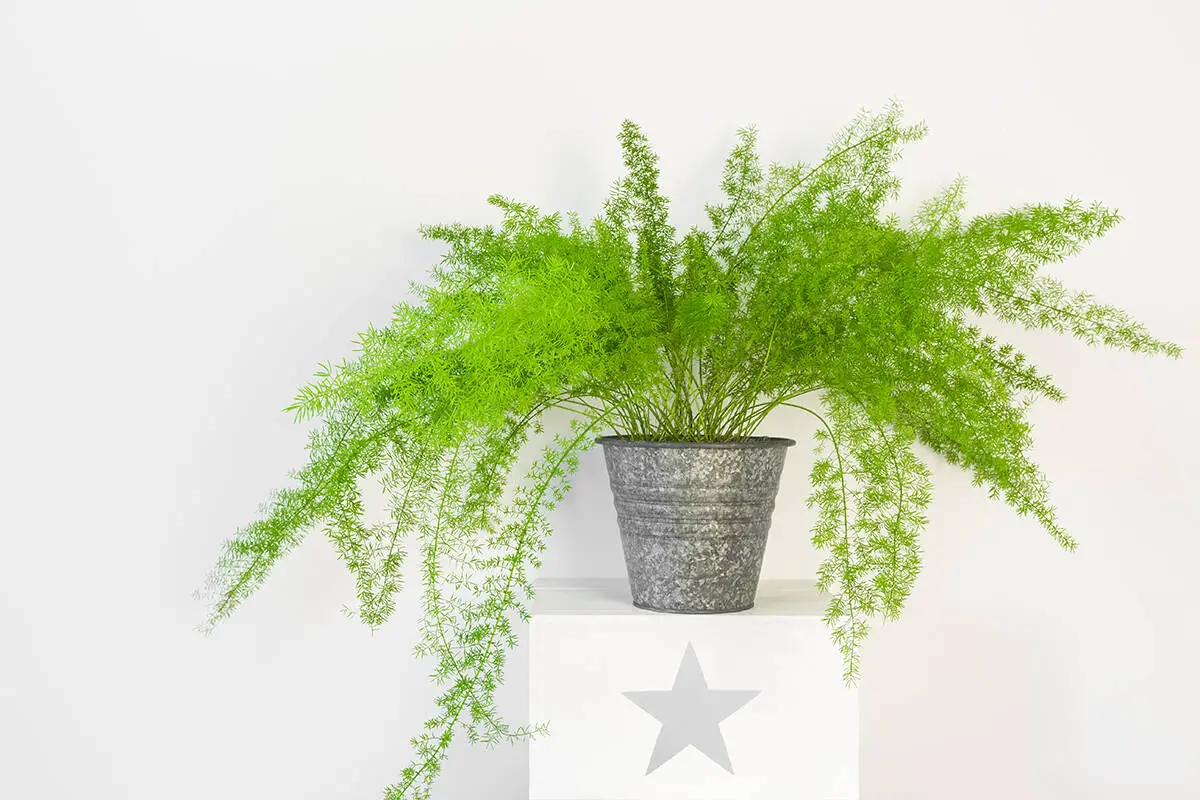
The Asparagus Fern is a deceptive houseplant. Despite its name, it’s not a true fern. This plant, which belongs to the asparagus family, can pose potential threats in your home.
Firstly, Asparagus Ferns produce tiny thorns or spines on their stems. When you handle this plant, these spines can prick your skin, causing discomfort or minor injury. Always wear gloves when tending to your Asparagus Fern, and keep it out of the reach of children and pets to avoid accidents.
Secondly, the berries of the Asparagus Fern are toxic. If ingested, they can cause digestive issues and symptoms like abdominal pain, vomiting, and diarrhea in humans and animals. Keep this plant away from areas where your pets or young children may have access to it.
Lastly, Asparagus Ferns can cause skin irritation due to microscopic needle-like structures on their leaves. When you come in contact with these structures, they can lead to rashes or dermatitis. Again, gloves are essential when handling this plant to prevent any skin irritation.
English Ivy (Hedera Helix)
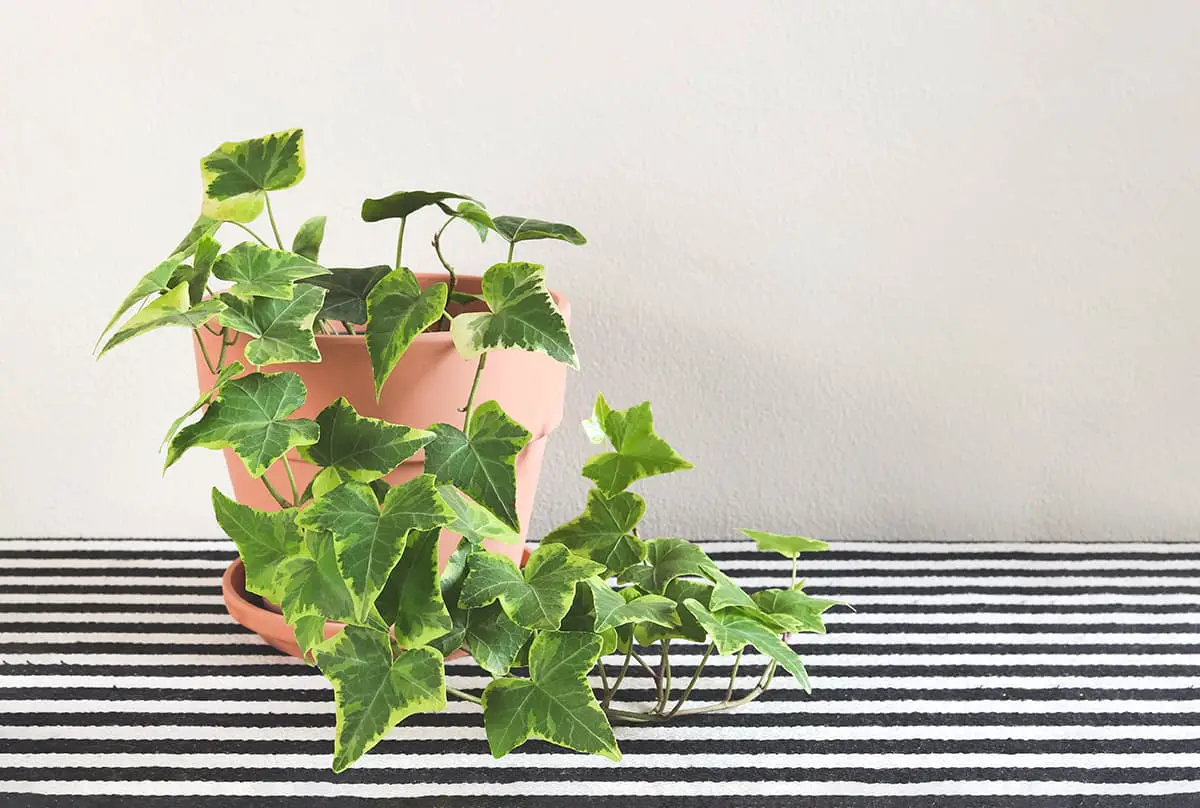
English Ivy is a popular houseplant known for its attractive evergreen foliage. However, it might pose a threat to your home and health. It belongs to a group of dangerous houseplants, with its potential to cause various symptoms if ingested.
In your home, this invasive plant has the ability to spread and smother other plants. Its fast-growing nature and mat-forming habit can outcompete smaller shrubs and perennials, making it difficult to control.
Apart from damaging your indoor plants, English Ivy can cause skin irritation for some individuals. Direct contact with the plant or its sap may lead to itching, redness, and discomfort. Always wear gloves when handling the ivy to protect your skin.
As a responsible plant parent, it’s essential to monitor your pets and young children around English Ivy. Its leaves, if ingested, can trigger symptoms like vomiting, diarrhea, and abdominal pain. Keep the plant out of reach and educate your children about its potential dangers.
Cyclamen

Cyclamen plants are admired for their attractive heart-shaped leaves and vibrant flowers. However, you should be cautious when keeping them in your home. These plants contain compounds that can be toxic to humans and animals when ingested.
If you or a family member accidentally ingest any part of a cyclamen, symptoms like vomiting, diarrhea, and skin irritation may occur. It’s essential to place your cyclamen in a location where curious pets or children cannot reach it. While cyclamen toxicity isn’t usually fatal, it’s still wise to seek medical attention if ingestion occurs.
Rubber Plant (Ficus Elastica)
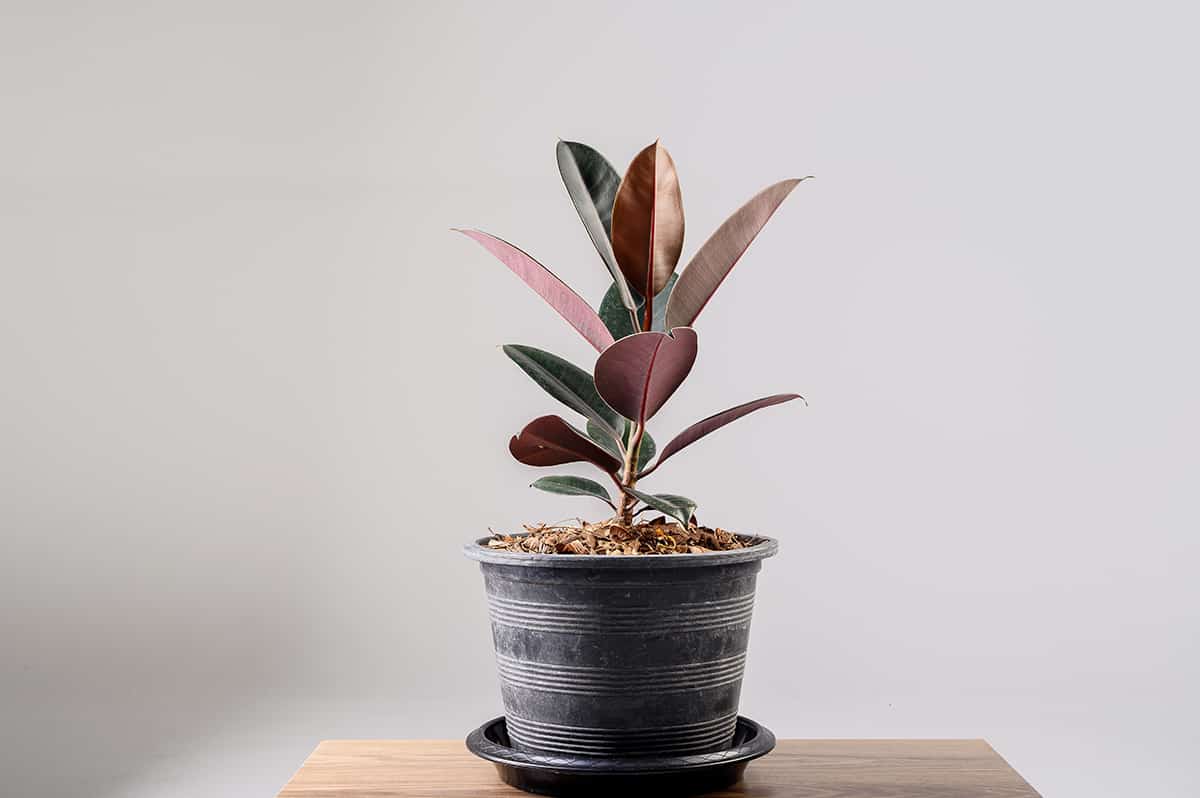
Rubber plants are popular houseplants, known for their glossy, leathery, large leaves. These leaves come in various colors, such as dark green, deep maroon, and even variegated with yellow, cream, pink, or white.
Though attractive, rubber plants can pose hazards to your home. If ingested, their sap can cause irritation in the mouth, throat, and stomach. To keep your family and pets safe, place your rubber plant in an area where children and animals cannot easily reach it.
Snake Plant (Sansevieria)

Snake plants, also known as Sansevieria or mother-in-law’s tongue, are popular houseplants known for their low-maintenance requirements and striking appearance. Despite their beauty, you should be cautious as they can pose a danger to your pets at home.
When ingested by cats or dogs, snake plants can cause symptoms like vomiting, diarrhea, and drooling. Your pets may also experience lethargy, dilated pupils, or increased heart rate. If you suspect your pet has ingested snake plant leaves, it’s essential to consult a veterinarian.
To keep your pets safe, place your snake plants in areas that are inaccessible to them. You may consider using hanging planters, high shelves, or enclosures specifically designed for pet-proofing houseplants.
In addition to its potential danger to pets, the snake plant’s sturdy leaves can cause injuries if not handled carefully. The leaves have sharp edges that can cause cuts, especially when broken or snapped. When tending to your snake plant, it is best to wear protective gloves to avoid injuries.
Devil’s Ivy (Epipremnum Aureum)
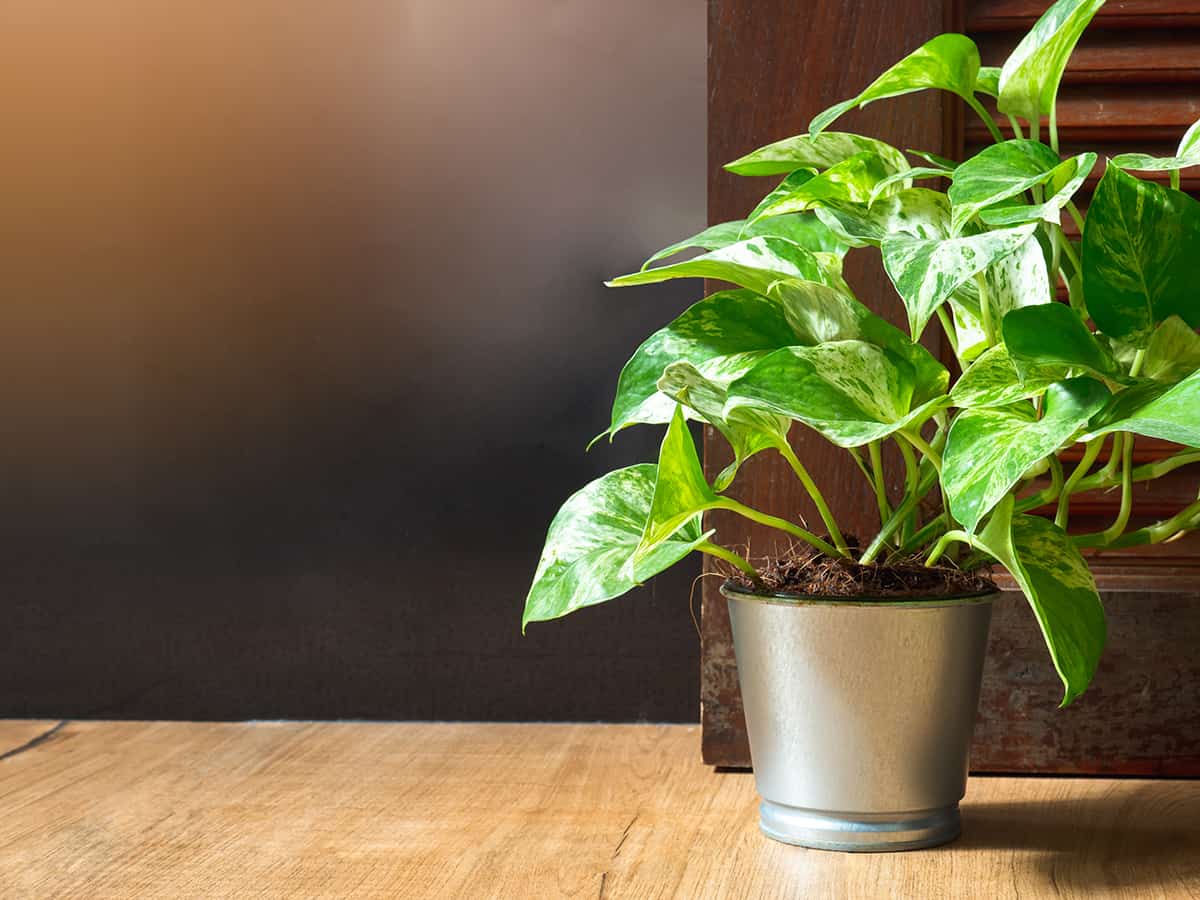
Devil’s Ivy is a popular houseplant, often chosen for its attractive appearance. However, it can be quite harmful to your household, particularly to pets and young children. Exposure to this plant may result in irritation or other severe consequences.
This evergreen plant is easy to maintain, with glossy, green, or variegated leaves. Its cascading stems enhance its visual appeal. Nevertheless, you should be cautious when handling it. Devil’s Ivy contains calcium oxalate crystals, which are toxic when ingested. This can lead to symptoms such as swelling, drooling, and difficulty breathing. Severe cases may require medical attention.
To ensure safety in your home, place Devil’s Ivy out of reach of pets and children. It’s important to avoid skin contact as well, as it may cause skin irritation. Always wear gloves when handling the plant or trimming its leaves to avoid exposure to its sap.
